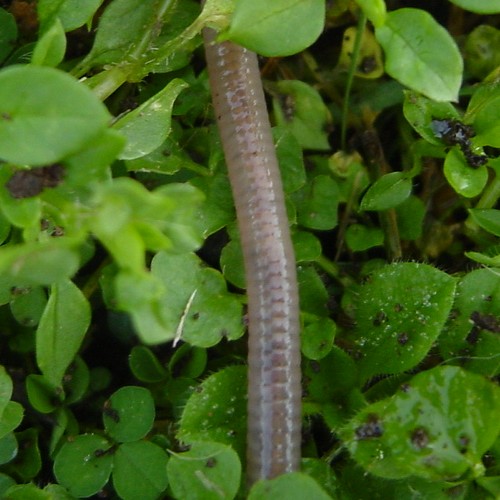No Knead Bread
The New York Times ran an article back in November that was perhaps the biggest thing to happen to bread since some outside-the-box thinker had the bright idea to slice it. The technique is remarkably simple in an almost too-good-to-be true sort of way. Whereas most bread recipes require 7 to 10 minutes of kneading by hand or stand mixer, this recipe involves none of that. Time, lots of it, in fact, substitutes for work.
It's simple. Quickly mix your flour, water, salt and yeast; let stand for 18 hours; turn it out onto a counter top for 2-3 hours; plop into a heated cast iron pot and bake for 45 minutes at 450 (30 minutes with the lid on and 15-30 with the lid off). That's it. The bread has a crisp crust with a crumb filled with large holes typically seen on rustic breads like ciabatta. It tastes great, too.
I deviated from the recipe a little bit, substituting bread flour for all-purpose, using 1/3 tsp of active dry yeast instead of instant, and 1 tbsp of kosher salt instead of 1 14 tsp of table salt.
The recipe
3 C bread flour
1 5/8 C water
1/3 tsp active dry yeast
1 tbsp kosher salt
Observations
The loaf started to burn on the bottom at around the 30 minute mark. Even with the lid on, the bread had a nicely browned crust after a half-hour in a heavy cast iron pot. Next time, I might consider either putting the pot higher up in the oven or lowering the temperature to 400. Also, the bread was too salty. Two teaspoons of kosher salt should do it.
Even though it's a simple technique, as with any bread recipe success is often as much as matter of feel as it is hewing close to the instructions. Look, feel, and smell should guide you as much as the clock.
Video here and original NYT recipe here.









